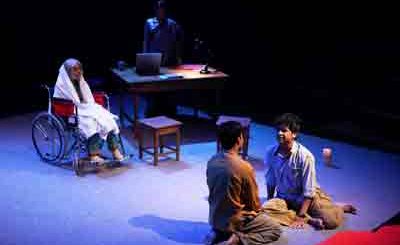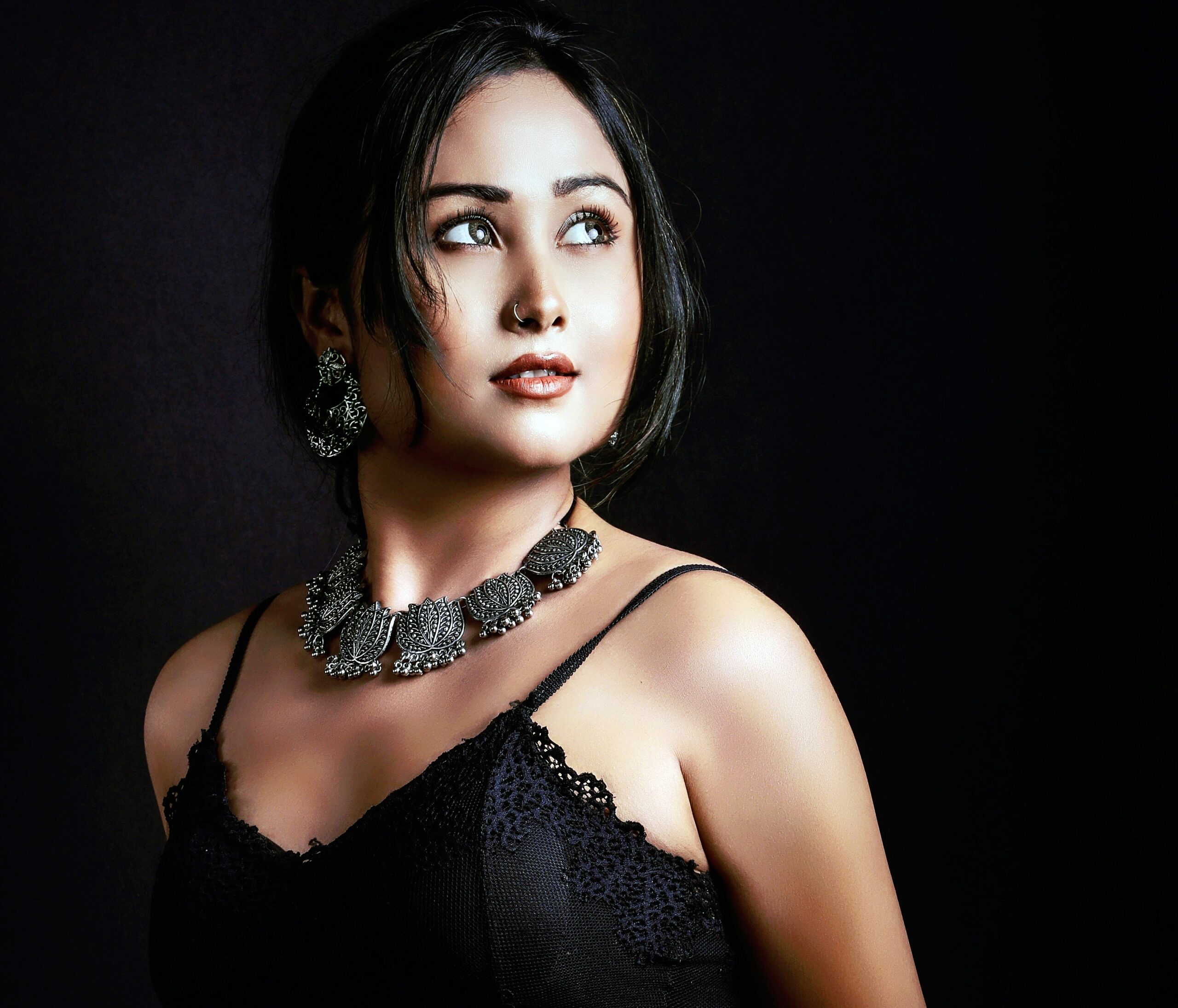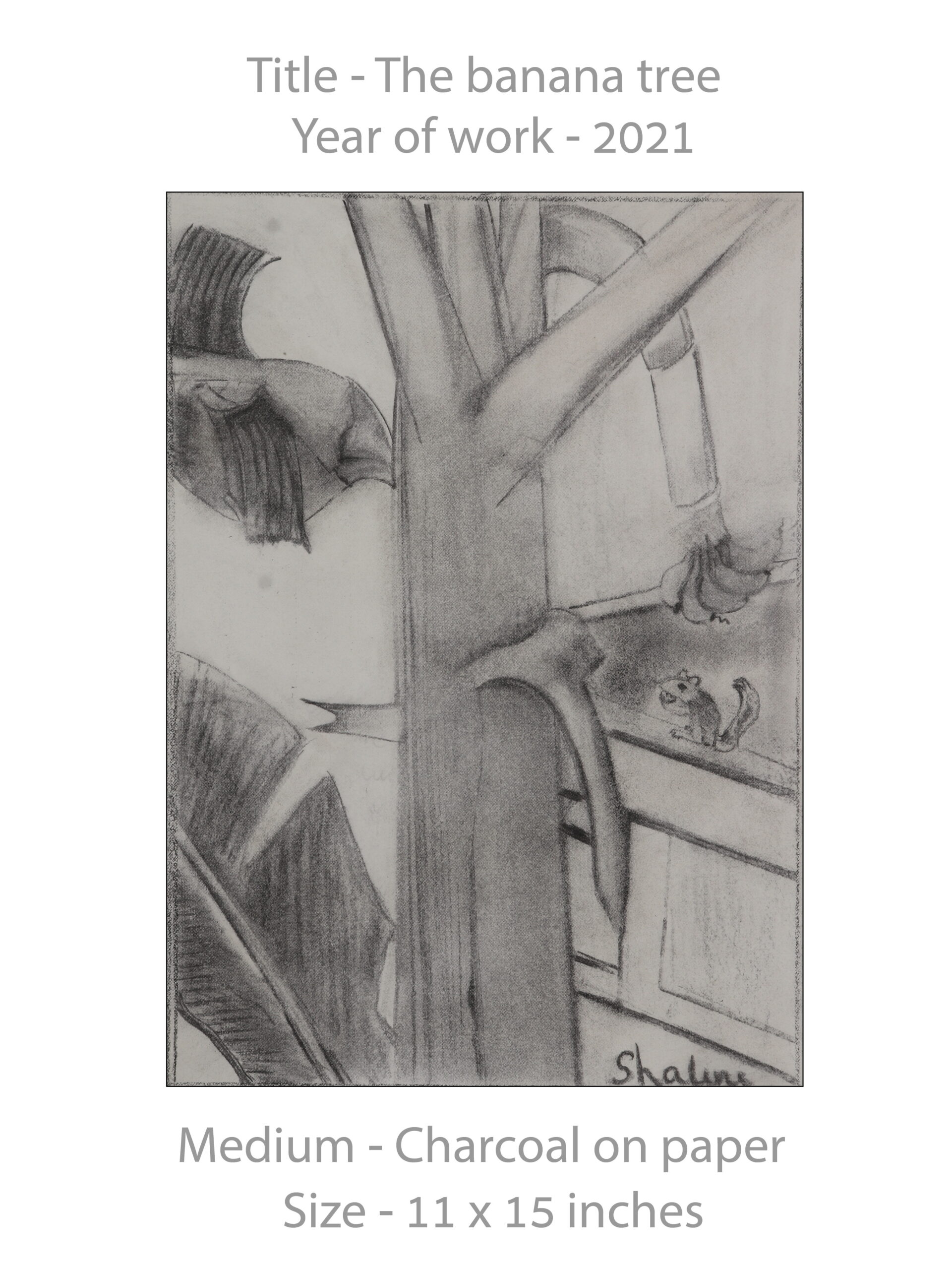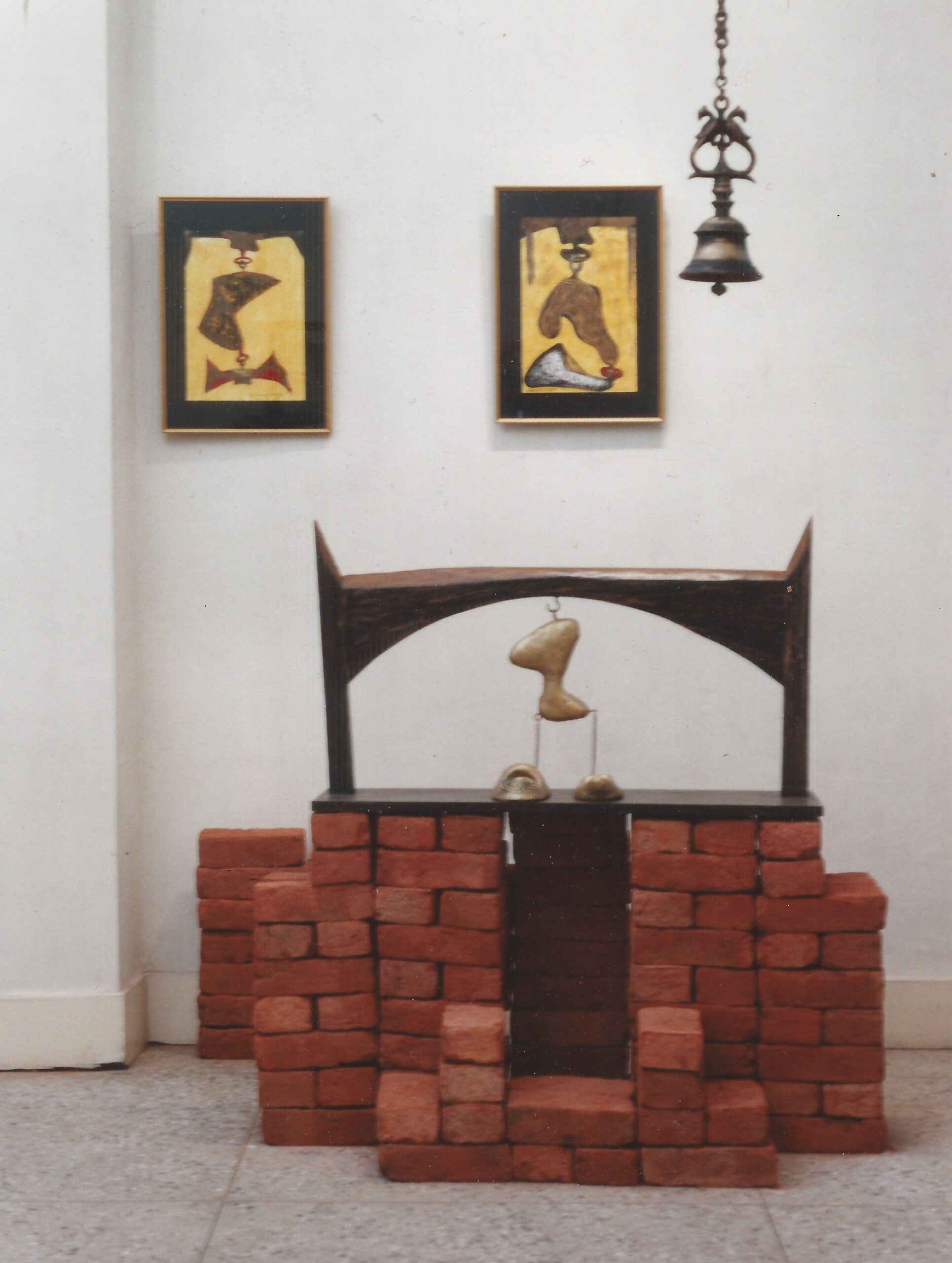Afternoon + Evening With A Faun by Artour Astman
The Play
Afternoon + Evening With A Faun is a show in two parts, without a clear separation. It departs from Nijinski's 12 minute piece & The Afternoon of a Faun', which Astman first recreates and explains to his audience in his own words. Soon, Nijinski’s biography gets interwoven with the performer’s own: his life in Russia, his intensive dance training from an early age, his famous but absent mother. As the afternoon of the faun turns into evening, we find ourselves revisiting shadows of the past; defining moments and shifts in relationships
that have seduced and betrayed the artist. The audience gets a front row seat at his audition for a Tel Aviv night club, before stripping down to the most fragile layers of his adolescence. As the evening comes to a close, we find ourselves at a familiar place, where Astman connects past and present to find peace in being an artist.
Director’s Note
Afternoon + Evening With A Faun is a daring personal clearance sale by Artour Astman. The solo crashes the idea of performative virtuosity, moving through regions of male identity, expanding the borders of the authentic and the fake and creating a unique synergy between theatre, movement, visual arts and even culinary
performance. The first part replicates the world famous piece 'The Afternoon of a Faun' (1912) by Vaslav Nijinksi, which was considered a provocation, especially at the time it premiered for breaking with theatrical traditions. It transcends into Astman’s early life at the unscrupulous boot camps of the Soviet ballet school, where his professional career as a dancer started at the age of four. But as he skillfully guides his audience through the winding and poetic paths of his life, they become increasingly involved in the performance. They join him in his immigration to Israel, where he works as a stripper and turns into a reality TV star, before finally deciding
how to live the life of an artist. Afternoon + Evening With A Faun is an autobiographical auction of Astman’s life where whatever happens, no one can remain innocent and being an artist he has to pay a price.
The Director
Idit Herman (Tel Aviv, 1971) was trained as a professional dancer and choreographer. She joined the prestigious Batsheva Dance Company from 1989-1991 and continued her dance career till she met with actor and musician Dmitry Tyulpanov. Their partnership yielded a unique visual language, encompassing movement, sound, light and design. In 1995, their first piece Clipa ('Peel' in English) led to the establishment of Clipa Theatre,
whose signature style over the years has become synonymous to its many theatrical productions, creating 2-4 new works each year.
The Group
Clipa Theater was established in 1995 in Tel Aviv by dancer and director Idit Herman (Israel) and actor-creator-musician, Dmitry Tyulpanov (Russia). Their encounter and partnership led to the emergence of a unique theatrical language, interweaving the arts of theater, dance, design and music. The theatrical style synonymous with Clipa is characterized by a totality encompassing each and every element of the performance. It entails absolute knowledge and command of all the elements of creation: movement, space, costume, set, sound, lighting and direction. In the group’s work, these components are fundamental tools of expression alongwith the performer’s action on stage. Clipa Theater had performed at the 17th BRM in 2015.
Cast & Credits
Creator and Performer : Artour Astman
Artistic direction : Idit Herman
Lighting design : Yanir Liberman
Sound design : Yoni Tal
Light & sound operation : Rafael Haugas
Producer & tour manager : Zoya Bronshteyn / Dror Liberman
Director : Idit Herman









